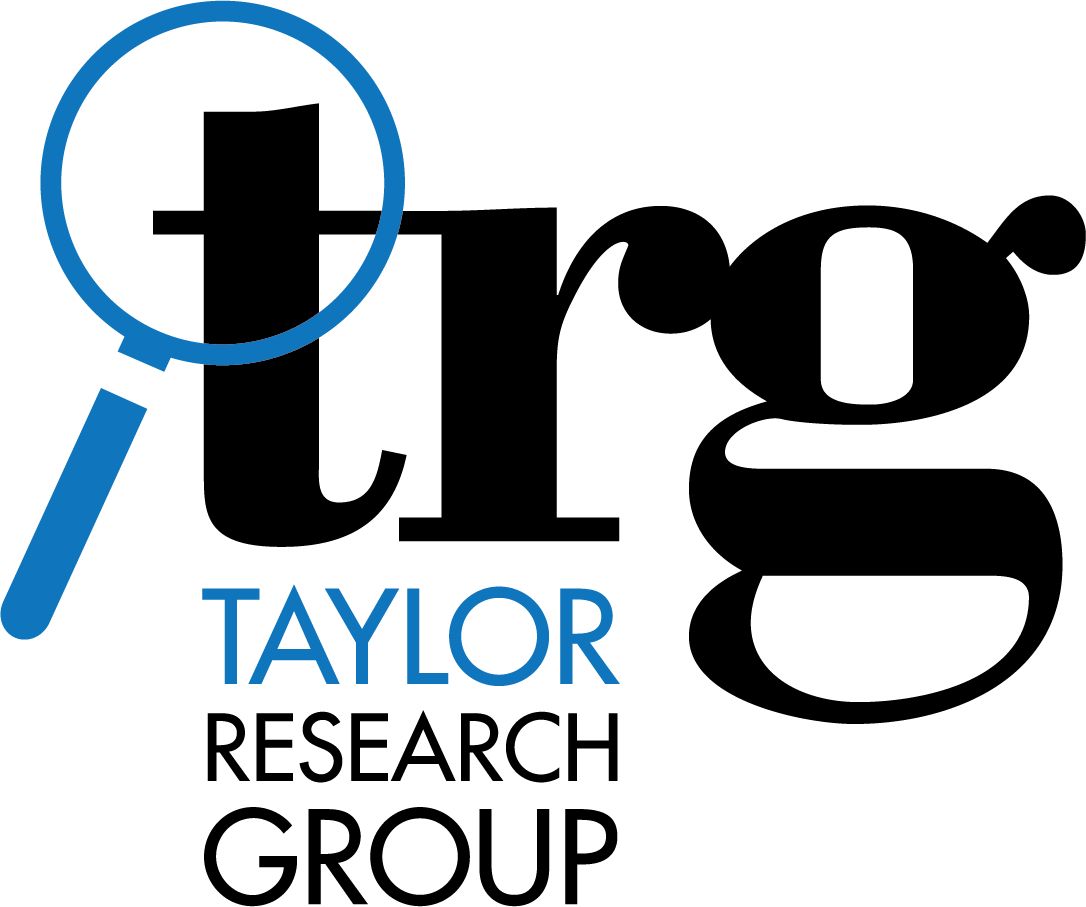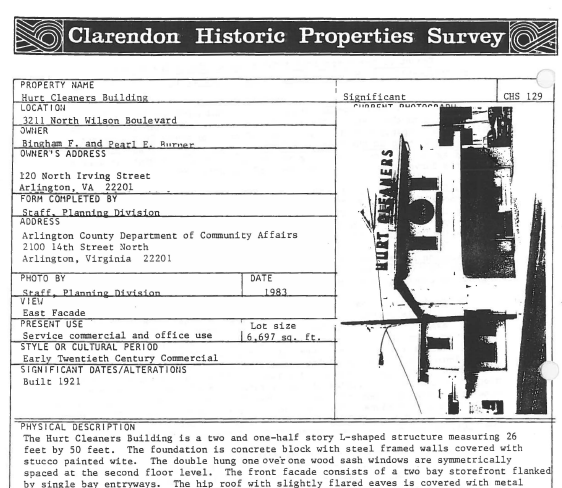Every house has a story. Unraveling it requires tracking down its paper trail, which can be time-consuming and daunting if one doesn’t know where to look. In September, The Washington Post published “How to investigate your house’s history.” This article aimed to help readers understand the general ins and outs of historical architectural research, and provided a high-level DIY approach to the process. The tips it included are a good jumping off point for the amateur homeowner-turned-property sleuth, but in-depth knowledge of archival resources can help maximize the historical details for individual homeowners as well as for business owners and real estate brokers. TRG has assisted property owners in compiling complex house histories throughout the Washington, DC area. Our familiarity with local, state, and federal agencies, not to mention local historical societies and libraries, has allowed us to uncover records on behalf of property owners that are typically strewn about various archival collections and online databases.
3211 Wilson Boulevard (Northside Social), built circa 1921 in Arlington, Virginia, was designated as a Local Historic District in 1985. Photograph taken October 2021 by Liz Cohan.
As with any historical research endeavor, finding relevant documentation is rarely one-stop shopping. We like to begin our hunt by identifying and collecting local municipal records, which provide the most legal and physical insight into properties. Such key records are generally found in several different municipal offices and obtaining them requires in-person research visits to places like county clerk’s offices for deed records. This could be a lengthy process without knowing how to identify the right collections and target the right records, all while working efficiently with the staff overseeing these records. TRG has regularly worked with local officials to track down where their records are held – whether in municipal archives or record centers or within non-agency collections like local university archives– which may not be apparent through website searches.
On the off chance that there are records available online for review, TRG researchers are masters at mining digital databases and collecting and analyzing the data. We go beyond traditional Google and Wikipedia searches to uncover accurate property information and skip websites like Zillow or Trulia which are often incomplete. We are equipped to go straight to the source (i.e., the Assessor’s office) for the most up-to-date information to identify parcel acreage or ownership lineage and how these changed over time. Other local-level records can typically be found at libraries or historical societies. These repositories hold valuable records such as oral histories, historic photographs, vertical files, city directories, historic periodicals, and more. TRG is ready to diligently check all potential records sources and work with local historians to find the facts. (#TRGFindsTheFacts)
Historical house card for 3211 Wilson Boulevard, illustrating past alterations for the property such as an entrance canopy in 1954. On file with Arlington County.
If limited historical records are available locally, TRG thoroughly searches online databases and collections to identify historic aerial photographs, topographic maps, Sanborn fire insurance maps, other historic maps, and newspapers that have proven especially useful. Aerial photographs can provide key insights into a property’s history and can reveal a wealth of information such as rough dates of construction or demolition. Topographic maps, typically dating from the late 1800s to present day, can help understand historic roads and locations of streams near properties of interest. Sanborn fire insurance maps and/or atlases can provide the most specific details including land uses and locations of structures like heating oil tanks. Lastly, TRG is accustomed to reviewing newspaper databases for specific addresses, past business names, or property owners, to provide key insights into a building’s history.
Some owners may want to be – and should be – aware of other key information about a property such as any local, state, or federal historic designations. There are multiple ways to find out if a home or commercial building has been previously listed in the National Register of Historic Places (the federal list of historic places managed by the National Park Service) or if it contributes to a National Register-listed historic district. However, oftentimes this information is difficult to understand or interpret and may require contacting an architectural historian at a state historic preservation office (SHPO) or local historic commission to clarify the information available online. Additionally, as the National Trust for Historic Preservation explains, a frequent misnomer in historic preservation is that a building listed in the National Register can protect it from demolition or changes. However, local-level historical designations and local historic districts are the most important to understand for a property owner, as they provide the highest level of property protection and are frequently subject to local design guidelines. A potential property owner or current owner should understand the historical designations and design-guidelines prior to purchasing any building so there are no surprises down the line. TRG can assist real estate brokers in uncovering such information to help them understand any historic designations that may increase property values.
Excerpt from a 1983 historic properties survey of 3211 Wilson Boulevard. Document provided by Arlington County.
Current or future property owners may also be interested to learn about a building’s environmental history, including any potential releases of oil or hazardous materials near or on their property. This could be from a leaking underground storage tank that may or may not have been properly closed, or a release from a nearby landfill that has a migrating plume of contaminated groundwater towards the property. TRG’s experienced historic research professionals can identify such records held by the Environmental Protection Agency (EPA), which usually requires the submission and management of Freedom of Information Act (FOIA) requests. Further, TRG can check with state environmental agencies or other municipal agencies that may keep such records, like local fire departments.
We plan on sharing more about our research services related to historic homes and properties in the coming New Year, but please don’t hesitate to contact us if you have questions now.
3211 Wilson Boulevard (Northside Social) in 2023. Photo by Liz Cohan.





